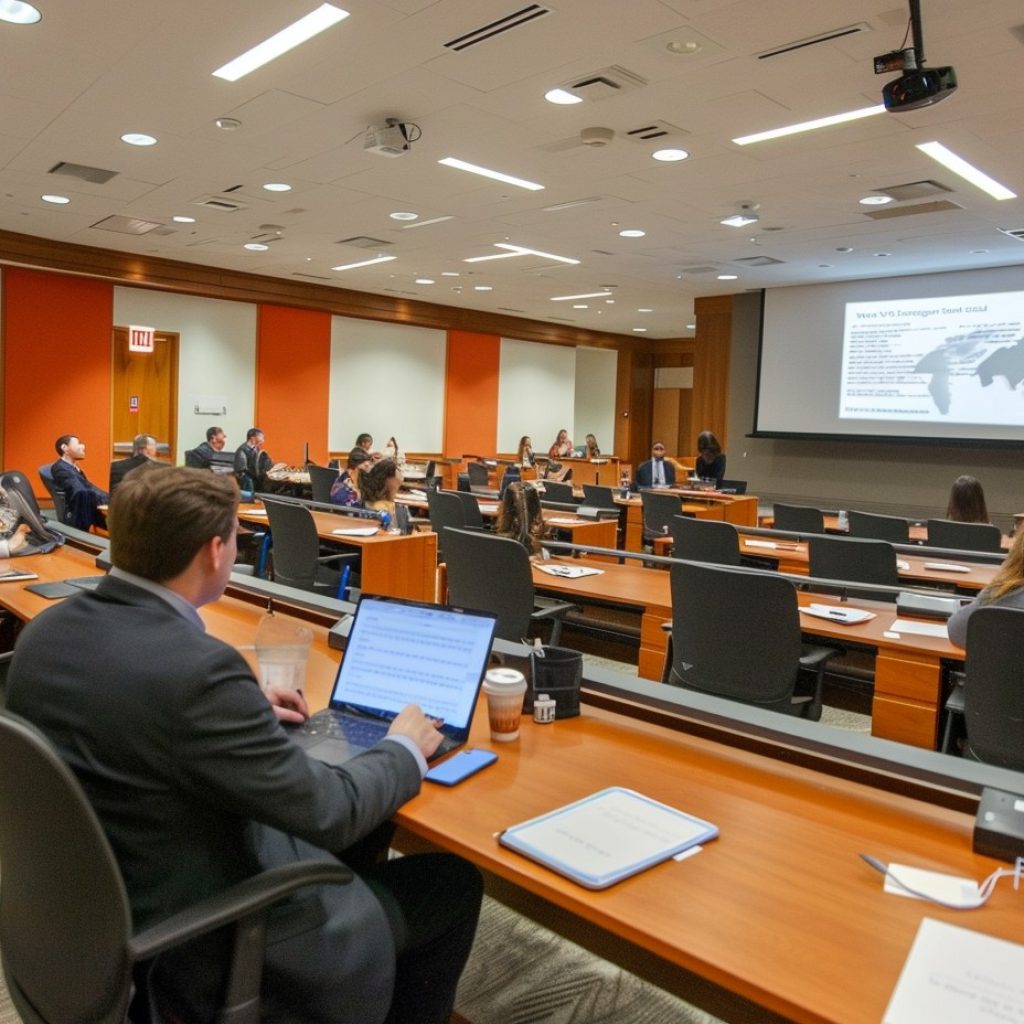In a groundbreaking move, the Ministry of Environment in Saudi Arabia has launched an innovative program that combines remote sensing technologies and artificial intelligence (AI). This initiative is dedicated to tackling desertification and propelling the objectives of afforestation projects, notably the visionary “Green Saudi” initiative.
A bold step in combating desertification
Desertification poses a significant geological challenge for Saudi Arabia, a country predominantly classified as arid. The impact of desertification is vividly evident as once-fertile agricultural areas and water-rich valleys transform into barren landscapes.
Key factors contributing to desertification include limited rainfall, excessive exploitation of water resources, and rural-to-urban migration, which results in the degradation of once-productive lands, exacerbating desertification’s effects.
Saudi Arabia is undertaking various comprehensive initiatives to bolster vegetative cover nationwide to counter this issue.
The “Green Saudi” initiative takes center stage
Foremost among these initiatives is the “Green Saudi” project, a monumental endeavor to plant a staggering 10 billion trees over 40 million hectares, encompassing the entire country.
The “National Center for the Development of Vegetative Cover and Combating Desertification” in Saudi Arabia is at the forefront of this mission, leveraging cutting-edge technologies and research methodologies.
Genomic mapping for sustainable growth
Researchers at the center are delving into the genetic origins of plants indigenous to Saudi Arabia. By mapping their genomes, they seek insights into the adaptability of these plants across diverse environments and their resilience against various stresses, be they climatic or biological.
The ultimate objective of this genomic research is to identify optimal strategies for conserving these plant species, fostering their proliferation, and cultivating them in alignment with the ambitious goals of the “Green Saudi” initiative.
Dr. Khaled Al-Abd Al-Qader’s insight
Dr. Khaled Al-Abd Al-Qader, the Executive Director of the Center, emphasizes the critical role of advanced technologies in these endeavors. Utilizing AI and remote sensing technologies proves instrumental in monitoring and understanding changes in vegetative cover within afforestation project areas.
These technologies facilitate crucial tasks such as tracking alterations in ground cover, measuring vegetative density, calculating rainfall levels, and assessing plant health.
AI and remote sensing to Monitor, progress, and preservation
Artificial intelligence and remote sensing technologies are integral to several facets of this multifaceted initiative. They enable the observation and tracking of mangrove forests along the Saudi coastline. This capability proves invaluable in overseeing afforestation efforts and monitoring irrigation activities through drone technology.
Additionally, the technology aids in tree counting, progress assessment, and monitoring sand dune movement and its impact on vegetative cover. This comprehensive approach to monitoring and intervention underlines the effectiveness of AI and remote sensing technologies in mitigating the impact of desertification.
A pioneering leap forward
Saudi Arabia’s innovative integration of AI and remote sensing technologies in combatting desertification showcases its commitment to addressing pressing environmental challenges. Through these measures, the country aims to enhance its vegetative cover and pave the way for sustainable environmental management.
By leveraging modern methodologies to understand plant genetics, monitor changes in vegetation, and deploy cutting-edge technologies such as drones, Saudi Arabia is positioning itself at the forefront of the global effort to combat desertification. In doing so, it demonstrates the transformative potential of technology in preserving and restoring fragile ecosystems and promoting a greener future.





